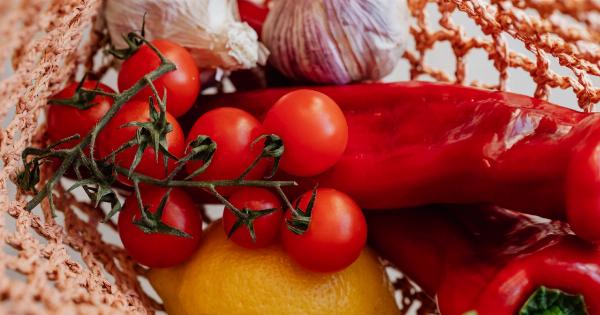When it comes to maintaining a healthy diet, cholesterol is a major concern. Cholesterol is a type of fat that is found in animal products such as meat, eggs, and dairy.
High cholesterol levels in the blood can lead to health problems such as heart disease, stroke, and high blood pressure. Therefore, it is important to monitor your cholesterol intake and make healthy choices when it comes to meat consumption. In this article, we will explore whether red or white meat is the better choice for managing cholesterol levels.
What is Cholesterol?
Cholesterol is a waxy, fat-like substance that is found in all cells in our bodies. It is important for the production of hormones, vitamin D, and the digestion of fats. However, too much cholesterol can be harmful to our health.
There are two types of cholesterol: low-density lipoprotein (LDL) and high-density lipoprotein (HDL). LDL is often called “bad” cholesterol because it can build up in the walls of our arteries, leading to atherosclerosis, which increases our risk of heart attack and stroke.
HDL, on the other hand, is known as “good” cholesterol because it helps remove LDL from our arteries.
What are Red and White Meats?
Red meat comes from mammals such as cows, pigs, and sheep. Examples of red meat include beef, lamb, pork, and veal. White meat comes from poultry such as chicken and turkey, and is generally considered to be a healthier option than red meat.
However, the type of white meat makes a difference in its cholesterol content. Chicken and turkey breast are low in cholesterol, while other poultry such as duck and goose have higher levels of cholesterol.
Cholesterol in Red Meat vs. White Meat
Red meat is generally known to have higher levels of cholesterol than white meat. The cholesterol content of red meat varies depending on the cut of meat and the method of cooking.
For example, a 3-ounce serving of beef filet contains about 60 milligrams of cholesterol, while the same serving size of beef brisket contains about 75 milligrams of cholesterol. In comparison, a 3-ounce serving of skinless chicken breast contains about 70 milligrams of cholesterol, while a 3-ounce serving of skinless turkey breast contains about 50 milligrams of cholesterol.
Saturated Fat in Red Meat vs. White Meat
Saturated fat is another important factor to consider when choosing between red and white meat. Saturated fat is linked to higher levels of LDL cholesterol in the blood, which can increase our risk of heart disease.
Red meat is generally higher in saturated fat than white meat. For example, a 3-ounce serving of beef ribeye contains about 9 grams of saturated fat, while the same serving size of chicken breast contains only about 1 gram of saturated fat.
Other Nutrients in Red Meat vs. White Meat
While red meat may be higher in cholesterol and saturated fat, it is also a good source of several important nutrients such as iron, zinc, and vitamin B12. White meat, on the other hand, is generally lower in these nutrients.
This is important to consider when planning a balanced and healthy diet.
How to Make Healthy Choices When it Comes to Meat
When it comes to managing cholesterol levels, it is important to make healthy choices when it comes to meat consumption. Here are some tips:.
- Choose lean cuts of meat: Look for cuts of meat that are labeled “lean” or “extra lean”. These cuts will be lower in saturated fat and cholesterol.
- Avoid processed meats: Processed meats such as sausage, bacon, and deli meats are often high in fat, sodium, and cholesterol. Choose whole cuts of meat instead.
- Limit portion sizes: Keep portion sizes of meat to 3-4 ounces per meal.
- Experiment with plant-based proteins: Consider incorporating plant-based proteins such as beans, lentils, and tofu into your meals for a healthy alternative to meat.
Conclusion
When it comes to cholesterol and meat consumption, it is important to make healthy choices. While red meat is generally higher in cholesterol and saturated fat than white meat, it is also a good source of important nutrients such as iron and zinc.
The key is to choose lean cuts of meat, limit portion sizes, and incorporate plant-based proteins into your diet. By making these small changes, you can manage your cholesterol levels and support overall health and well-being.































